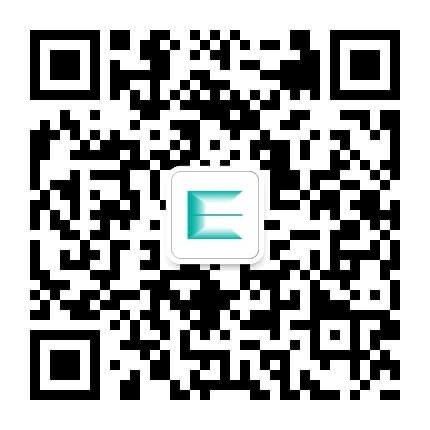
Quasi-CW laser (QCW) can operate in both continuous wave and high peak power pulse modes. Different from the traditional CW laser, its peak and average power are always the same in CW and CW/modulation modes, while the peak power of QCW laser in pulse mode is several times or even 10 times higher than the average power. QCW can generate high-energy microsecond and millisecond pulses at repetition frequency from tens hertz to thousands hertz, achieving thousands watts of average power and peak power. Therefore, it is increasingly used in precision welding.

A: For laser cavities, optical components and some electronic modules of lasers that require water cooling, the surface of the object will be more prone to condensation if it is working in a high temperature and high humidity environment for a long time. This will increase the probability that the electronic module will fail due to water immersion, and may also result in the lens being contaminated with water mist and unusable or burned out.

A: To prevent freezing, the normal operating ambient temperature of the laser must be between 5-40℃. Beyond this range, the operational stability of the laser will be affected, and more serious laser damage could result.
During holidays, if the ambient temperature of the equipment can be maintained above 5℃, the laser does not need special protection, and the equipment can be turned on or off. If the ambient temperature is below 5℃, the water in the laser and water cooler should be discharged to avoid frost damage to the laser, water chiller and reflector path lens caused by low temperature.







